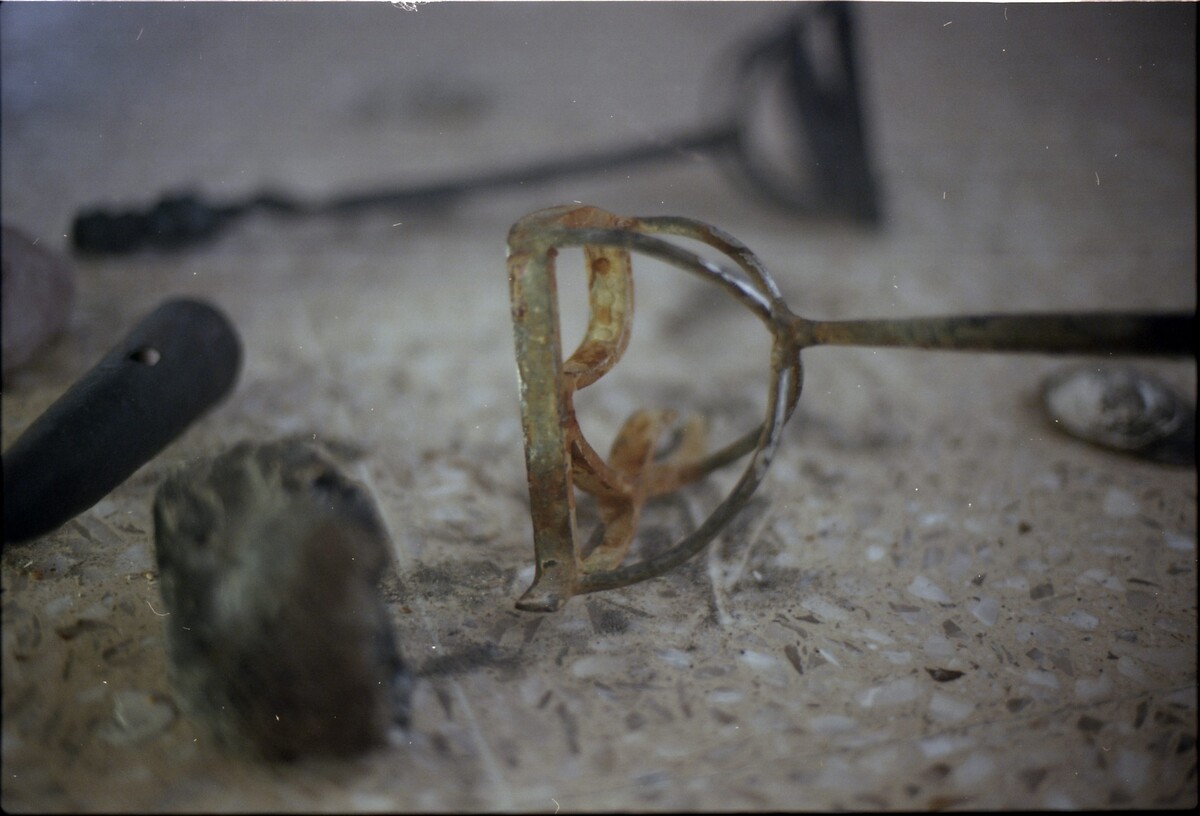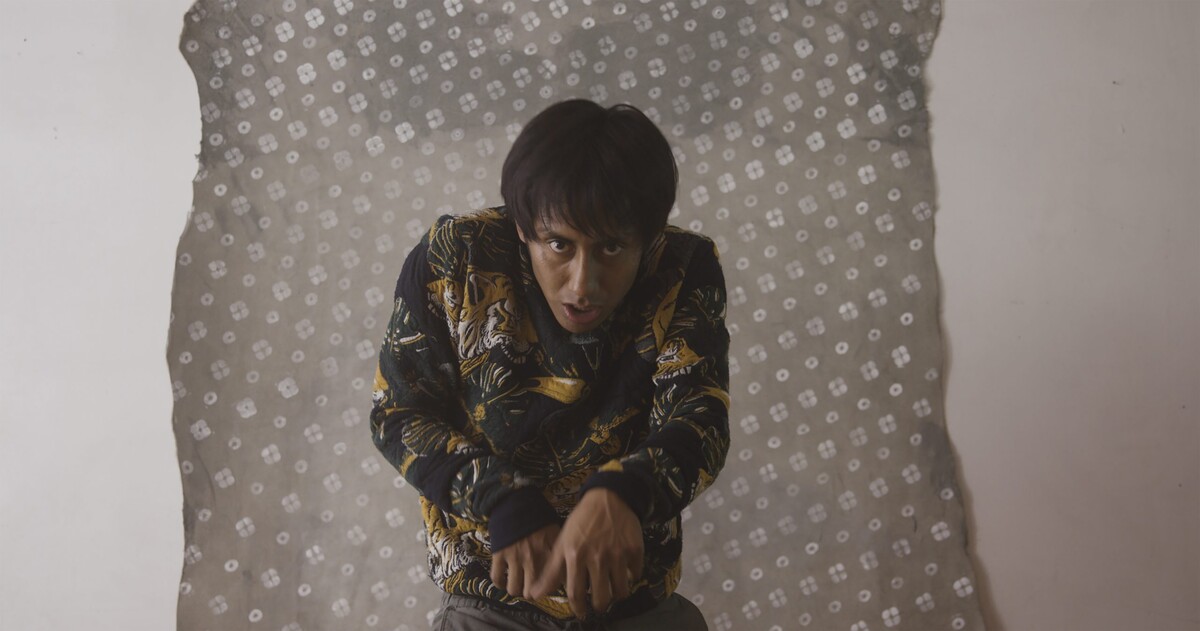
The Center for Contemporary Art of Malaga presents the audiovisual work Hasta cuarenta cuerpos fueron trocados por un animal de carga (2023), by the Mexican artist Noé Martínez. Focusing on the deep investigation of the legacies of his indigenous ancestors, Martínez offers a moving symbolic representation of the exchange of people for animals in the slave markets of the 16th century. His work transcends by representing people that history has fragmented, individuals without territory or language, whose only legacy endures through their bodies. A visual testimony that invites us to reflect on the historical and human consequences of these narratives.
From January 30 to April 28, 2024
The title of the work makes a symbolic reference to the historical exchange of people for animals that occurred in the port of Pánuco in the Gulf of Mexico during the 16th century. The work suggests that, officially, between eight and twelve slaves were exchanged for one pack animal. However, the reality was even more shocking, since, according to the files, transactions were recorded that reached up to sixty people for a single animal.
In the film available until April 28 at CAC Málaga, the harsh reality of how human lives were treated as merchandise in slave markets is highlighted, highlighting the crude relationship between human trafficking and the commodification of human beings in that epoch. Noé Martínez’s work seeks to visualize and symbolize this dark episode in history, revealing the tragedy behind these exchanges and highlighting the social and human consequences of these transactions.

The projected video has a duration of 25 minutes and 48 seconds. Through the compilation of actions carried out by different individuals, the exchange of people for animals in slave markets is symbolically reconstructed. These actions are represented through gestures, expressions and movements that evoke pack animals through sounds and movements that are reminiscent of the gallop of a horse or the effort of oxen in plowing or transport work. Through this representation, Noah symbolically creates the union between man and beast that occurred in slave transactions.
The recording begins with the close-up of a brand, the tool used to mark both farm animals and slaves. Throughout the clip, the appearance of the err is repeated as a uniting element between symbology and literality.
The photography, color correction and editing of the work are carried out by the author Noé Martínez, the sound creation and direct sound by Alberto Rubi, lighting by Aurelio Palomino, scenic assembly by Mariana Villalobos. Finally, the participation of the performers Mauricio Gordillo, Irma Michelle Serna, Manuel Cruz Vivas, Patricia Loranca, Omar Silva, María Sosa and Kira Rodríguez.
Noé Martínez is an artist whose work delves into the legacies of indigenous peoples and the colonial history of Mexico. Through diverse media such as editorial projects, drawings, videos and installations, he explores crucial themes such as language, identity, 16th century colonization, the struggles of indigenous communities and contemporary social expressions. Based on ethnographic research, field work, the study of different bibliographic and documentary sources, as well as his own family history, the artist generates bodies of work that propose critical views on the interpretation of the past and the construction of the present.
In his work, Martínez sheds light on the experience of migrants, highlighting territorial loss without losing identity, offering a moving and symbolic representation of people fragmented by history, without territory or language, and whose legacy persists only through of their bodies. The projection delves into his own origins, seeking to establish a connection with those who, like him, are far from their places of origin. Additionally, he addresses issues of forced migration and human trafficking, highlighting the complexity of these realities.
Through his research in archives, territories, documents and rituals, the artist recognizes himself as a descendant of a people of slaves and survivors of the colonial genocide. His work materializes this memory in the human body, considering it a living archive that reveals the history of people without territory and without a voice.
